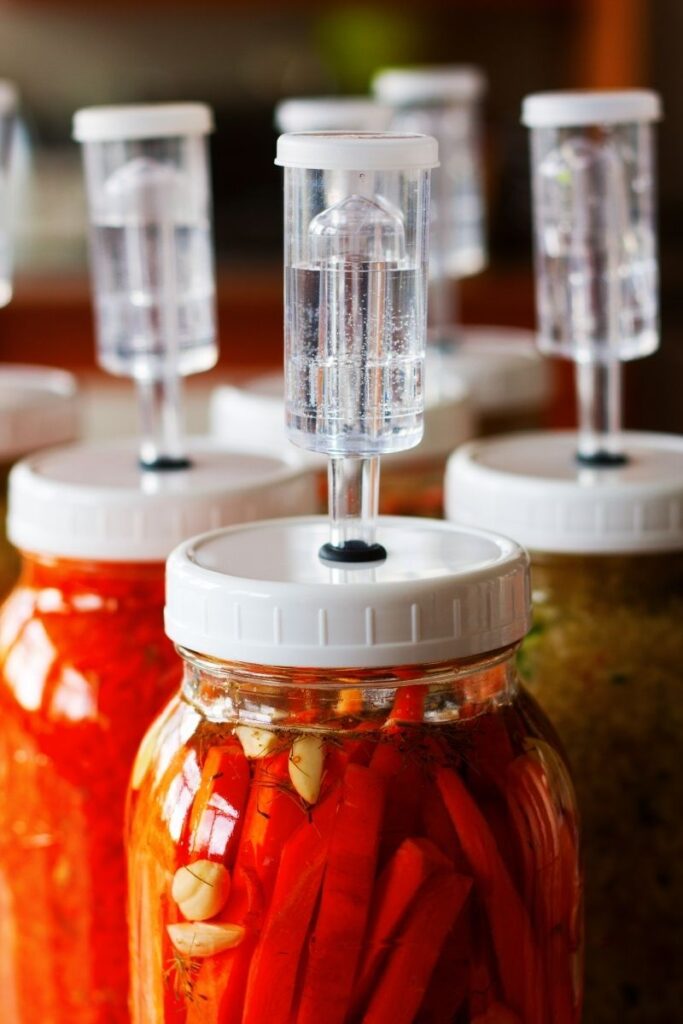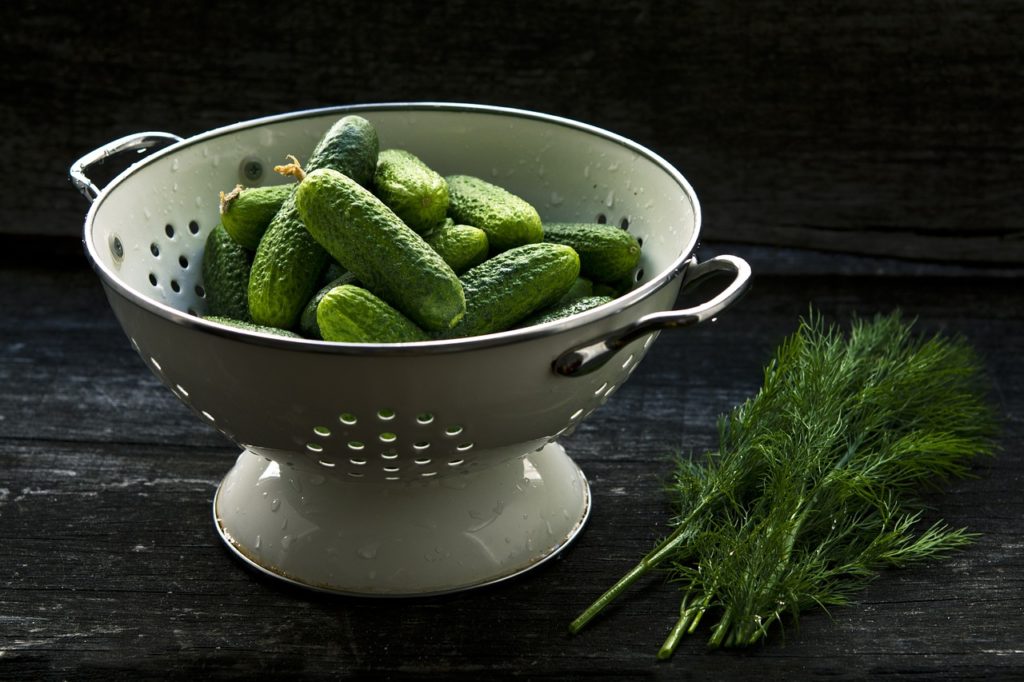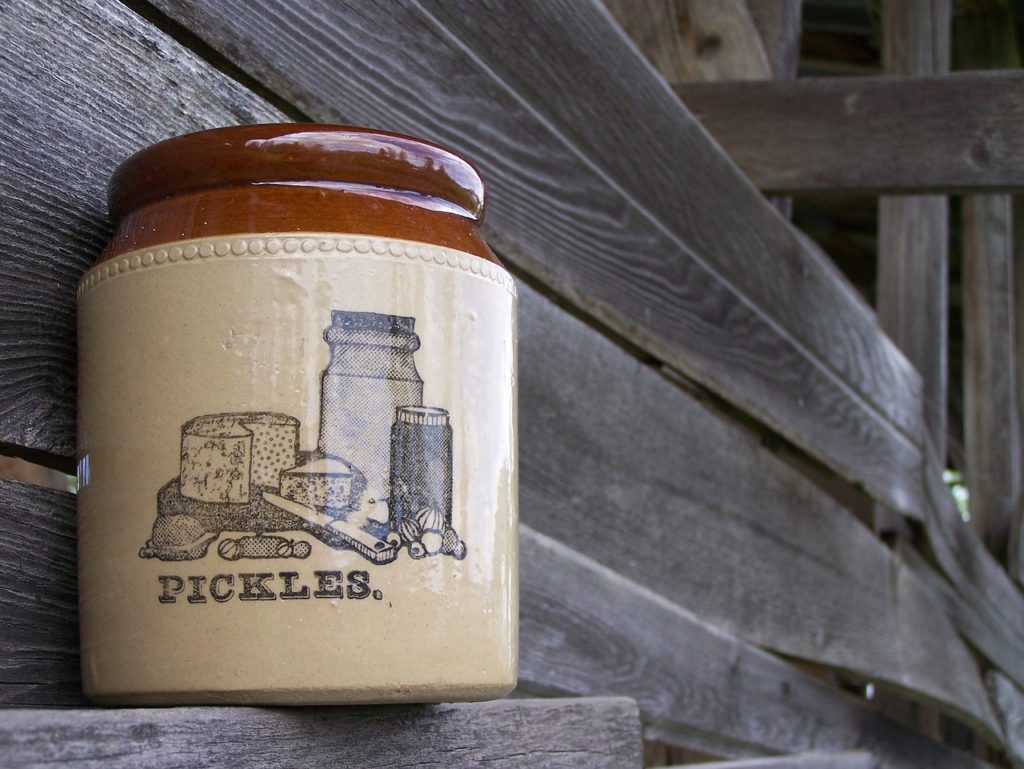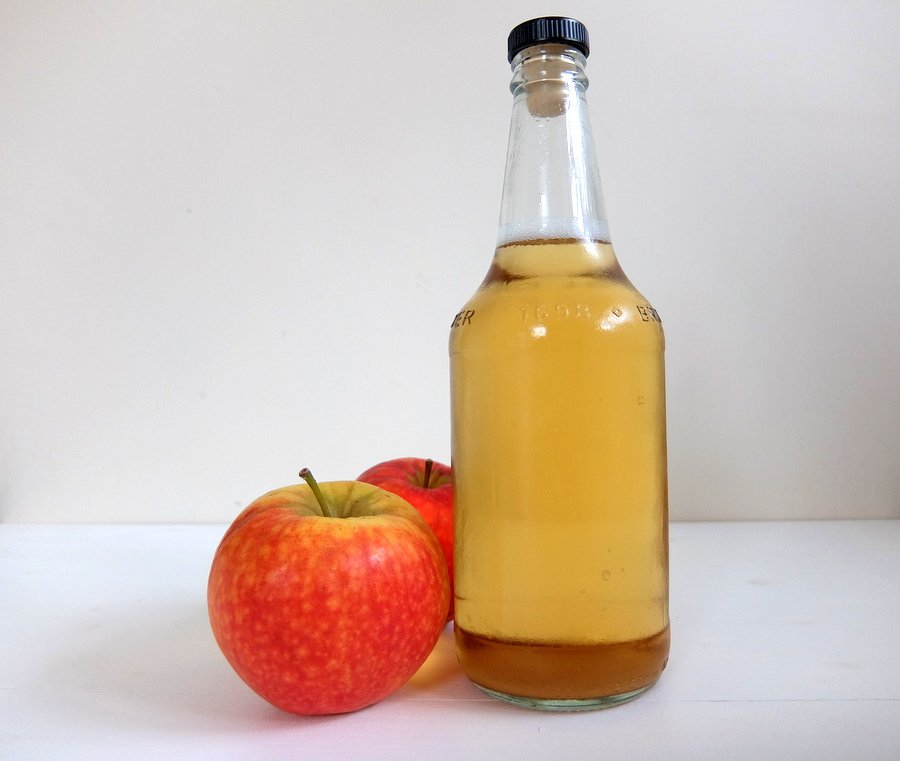Fermenting vegetables or fruit is a really simple process and has been going on for thousands of years. You might be thinking what exactly do I need to start fermenting my own foods. The equipment can be really basic but fermenting tools can be really helpful in ensuring you get consistent results time and time again.
If you have never fermented vegetables or fruit before then take a look at this guide which will detail the process, whys, and hows. In short, fermentation uses salt either dry or in brine to pickle vegetables. The equipment needed to start fermenting is simple and really can start with just a jar.
This guide on fermentation equipment is by no means a list of items you must have but more of a list of things that are really helpful in setting you up to ferment pretty much any fruit or vegetable you want.
Table of Contents
Common Fermentation Equipment
Depending on what type of ferment you are doing you’ll need different equipment to have a read-through and start with just the basic equipment you need for the ferment you want to do.
Mason Jars
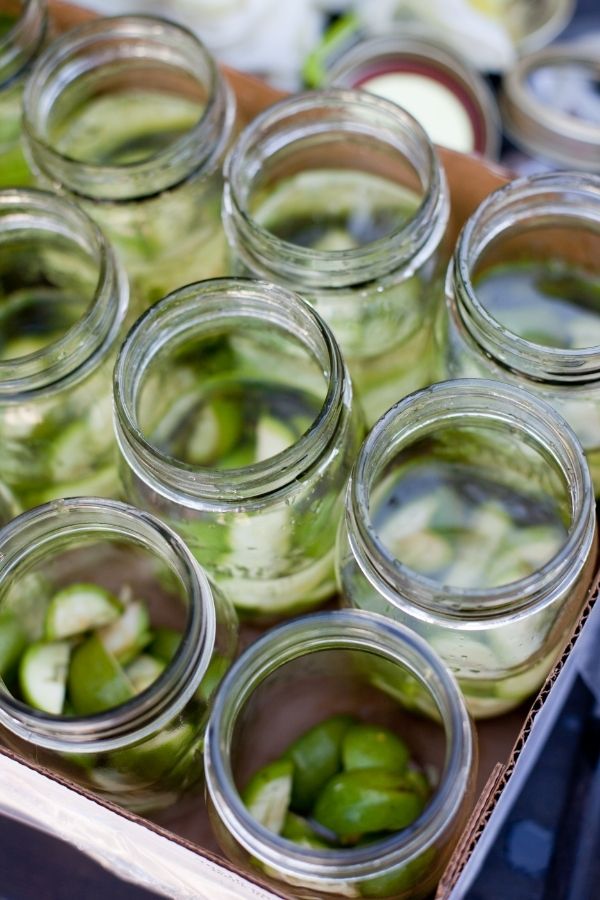
Probably the most useful item in your arsenal is the simple mason jar. You may already have some that are good to use (sterilize them before you start your ferments).
You can get these jars in a variety of sizes and for ferments, I like to have a few different sizes to hand. I always underestimate the size of the jar I need so go for slightly larger jars to ensure you have enough space for vegetables and the brine to cover them
Food Scales
A lot of ferments require quite precise levels of salt and unless you are a master you are not going to be able to judge just how much salt you need for the weight of vegetables being fermented.
A food scale that measures in very fine increments is best. This way you know when you need 2.5% salt by weight of cabbage for your sauerkraut it is going to be spot on. You weigh the cabbage and then work out 2.5% of that weight and that is how much salt you need.
Fermentation Weights
When you ferment vegetables it is important to keep the vegetables submerged. Most vegetables have a habit of floating and once fermentation begins CO2 forms in the ferment that pushes the vegetables up. A fermentation weight, usually a glass weight or stone, sits on the vegetables and keeps them submerged.
If you don’t want to buy weight you can use food baggies. Fill them with brine and seal and sit them in the fermentation jar. This acts in the same manner as a weight.
Airlocks
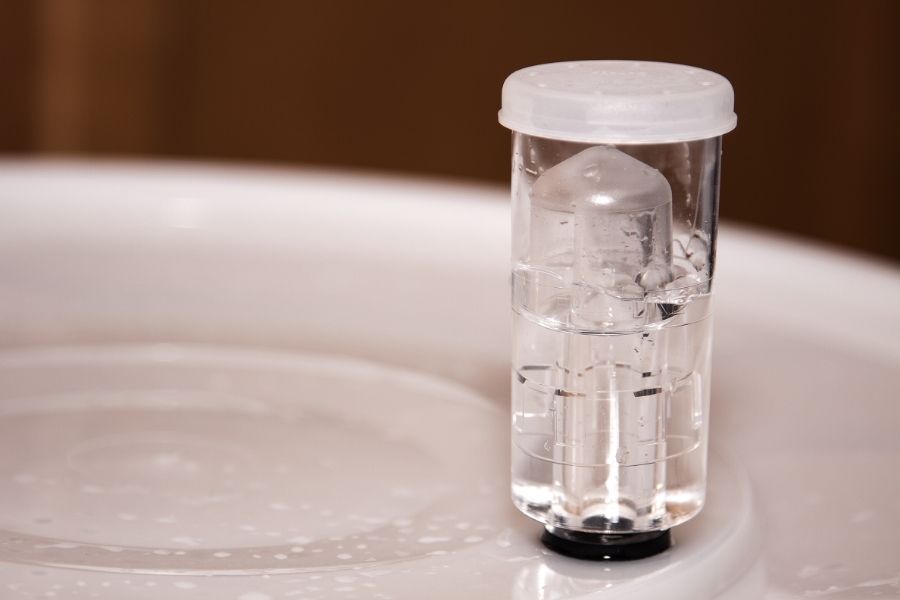
Airlocks are one of those things that aren’t essential but make fermenting vegetables so much easier. They are well known in the homebrewing community but equally have a place for fermenting vegetables.
Airlocks can be fitted to jars either with a bung or grommet in the lid of the jar. When filled with a small amount of water the airlock will prevent air from reaching the fermenting vegetables but it will allow the carbon dioxide that is made during fermentation to escape. This means your ferment is completely enclosed in a CO2 layer.
I find this particularly useful for ferments that are often problematic, like peppers and carrots which are prone to wild yeasts and mould. With an airlock, there is a lot less chance of any wild yeast growing because they need oxygen.
Fermentation Crocks

If you are serious about fermenting vegetables, especially large vegetables like cabbage for sauerkraut, a crock is a worthwhile investment.
A fermentation crock is a large earthenware pot that has a lid with a gutter around the rim. This gutter can be filled with water and when the lid is on it acts as an airlock preventing oxygen from getting in but letting out carbon dioxide.
Crocks usually come with weight designed to fit exactly in the pot. They are fairly expensive but look and work great for large ferments.
Vacuum Sealer
Although more unusual for fermentation a vacuum sealer can be an invaluable tool.
Vacuum sealing fruit or vegetables with salt removes all the air from the bag and creates an oxygen-free environment that is needed for fermentation.
As fermentation begins the carbon dioxide created during fermentation inflates the bag. This gives a visual indicator of the progress of fermentation. If you are interested in this process take a look at this recipe for fermented plums which details exactly how to ferment in a vacuum bag.
Salt, Vegetable, Container
To determine what equipment you will need to start with will largely depend on what you plan to ferment.
You will need to get some good quality salt without any additives and then you can decide on the container you’ll need.
If you want to make sauerkraut or kimchi, a large jar or container is all that is needed, if you want to spend more a crock would be ideal.
You can then progress to using jars with airlocks if you want to ferment peppers or carrots in brine for example.
If you want to ferment softer fruits then a vacuum sealer is a great item to have in your cupboard.
